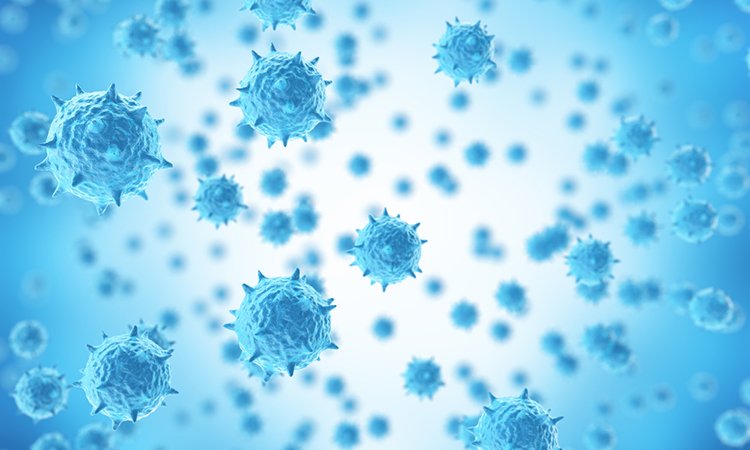Researchers visualise how orthoreovirus assembles inside infected cells
Posted: 10 September 2020 | Victoria Rees (Drug Target Review) | No comments yet
Researchers have captured the assembly of orthoreovirus, part of the Reoviridae family, inside infected cells using cryo-electron tomography.


A team of researchers has used cryo-electron tomography to image how the orthoreovirus assembles inside cells that are infected. They were able to see various viral intermediates in their natural state, giving a clearer picture of viral assembly in orthoreovirus – a member of the Reoviridae family.
The research was conducted at the Electron Bio-Imaging Centre (eBIC) at Diamond Light Source, the UK’s national synchrotron. Cryo-electron tomography was used in conjunction with cryo-focused ion beam milling.
“The complex process of viral assembly is a crucial stage in the virus life-cycle. Understanding it can give us clues as to how to prevent the spread of viral infections. However, until now, researchers had very little direct evidence of how virus particles were assembled during the infection process. Instead, they relied on producing ‘stable intermediates’ of virus particles that could be studied in detail. We now know that the mechanism that was directly observed for orthoreovirus could also be present in other members of the Reoviridae family which can now be studied in greater detail, because of the new models we have been able to make based on the cryo-electron tomography data,” said one of the authors, Professor Dave Stuart, Life Sciences Director at Diamond and Joint Head of Structural Biology at the University of Oxford, UK.
The researchers imaged many different slices throughout cells that had been recently infected with an orthoreovirus. While analysing these slices they discovered a particle that could not have belonged to the infected cell but looked different from the viral intermediates they expected to see. Whereas a normal virus is double layered, this particle was single layered and collapsed in on itself. From all the images of the collapsed, single layered particle, the team found that none of them contained RNA. These observations suggest that the collapsed particle was a viral intermediate formed prior to the packaging of the RNA genome. They say it is possible that the RNA packaging then stimulates the expansion of the single layered particle and the rapid addition of new layers which would ultimately form the completed virus particle.
According to the team, the mechanism for viral assembly in the orthoreovirus has many similarities with a prokaryotic double stranded RNA virus called Cystoviridae suggesting that they share a common ancestor in their evolutionary past.
“The similarity is particularly exciting as Cystoviridae have been used as a model organism to understand assembly and RNA packaging of double stranded RNA viruses such as the Reoviridae. This similarity suggests the mechanism could be present in many other viruses and now work can begin to identify these hallmarks of the viral assembly mechanism,” added Stuart.
The paper was published in Nature.
Related topics
Disease research, Drug Targets, Imaging, Research & Development
Related conditions
Orthoreovirus
Related organisations
Diamond Light Source, Oxford University
Related people
Professor Dave Stuart


